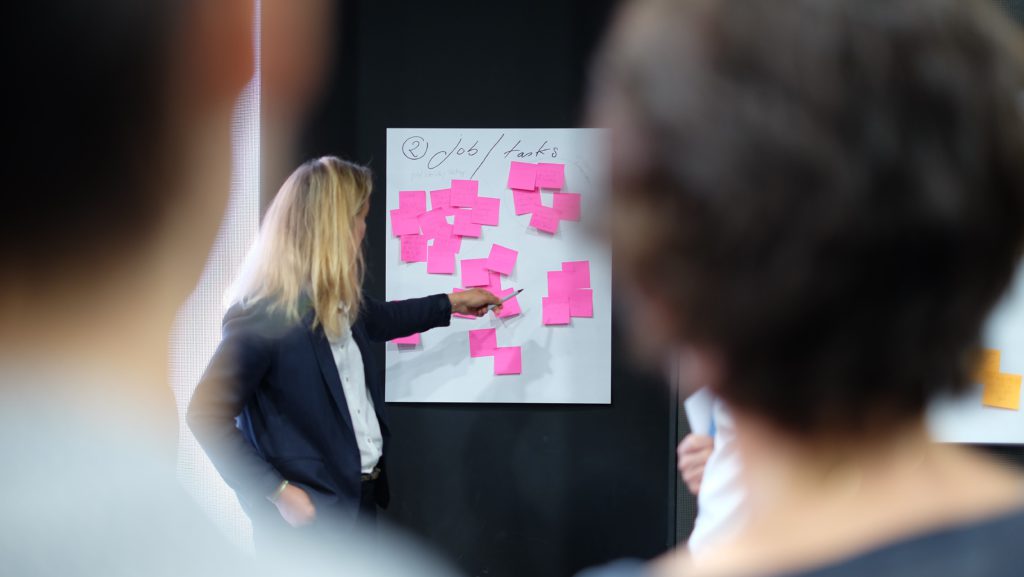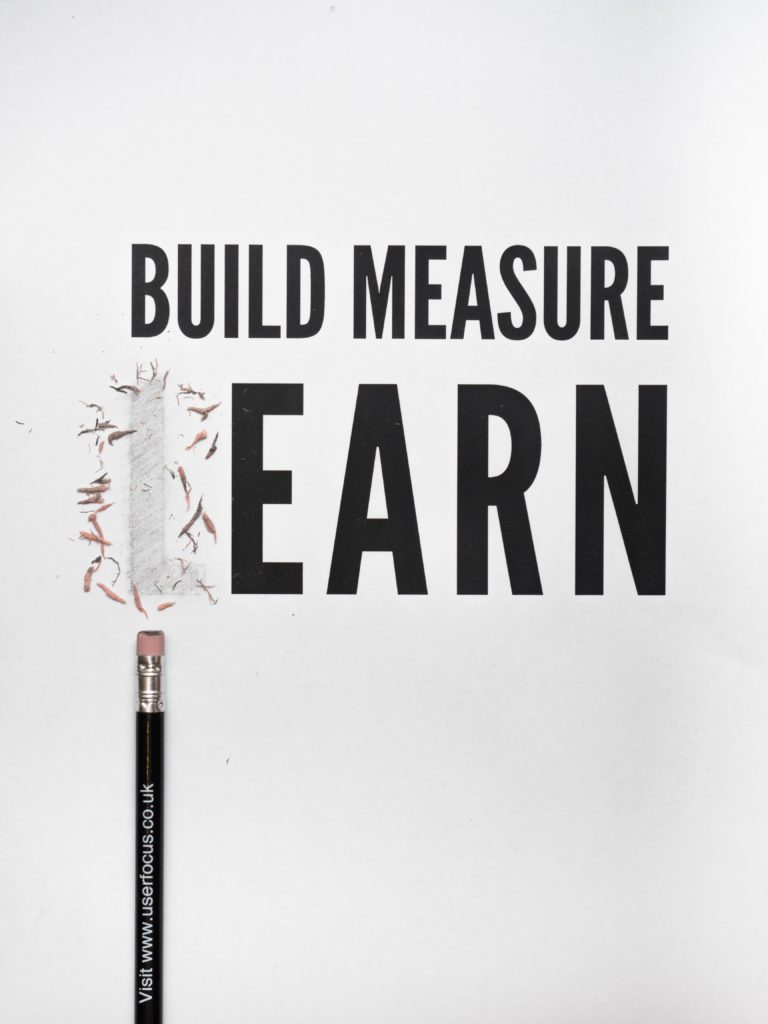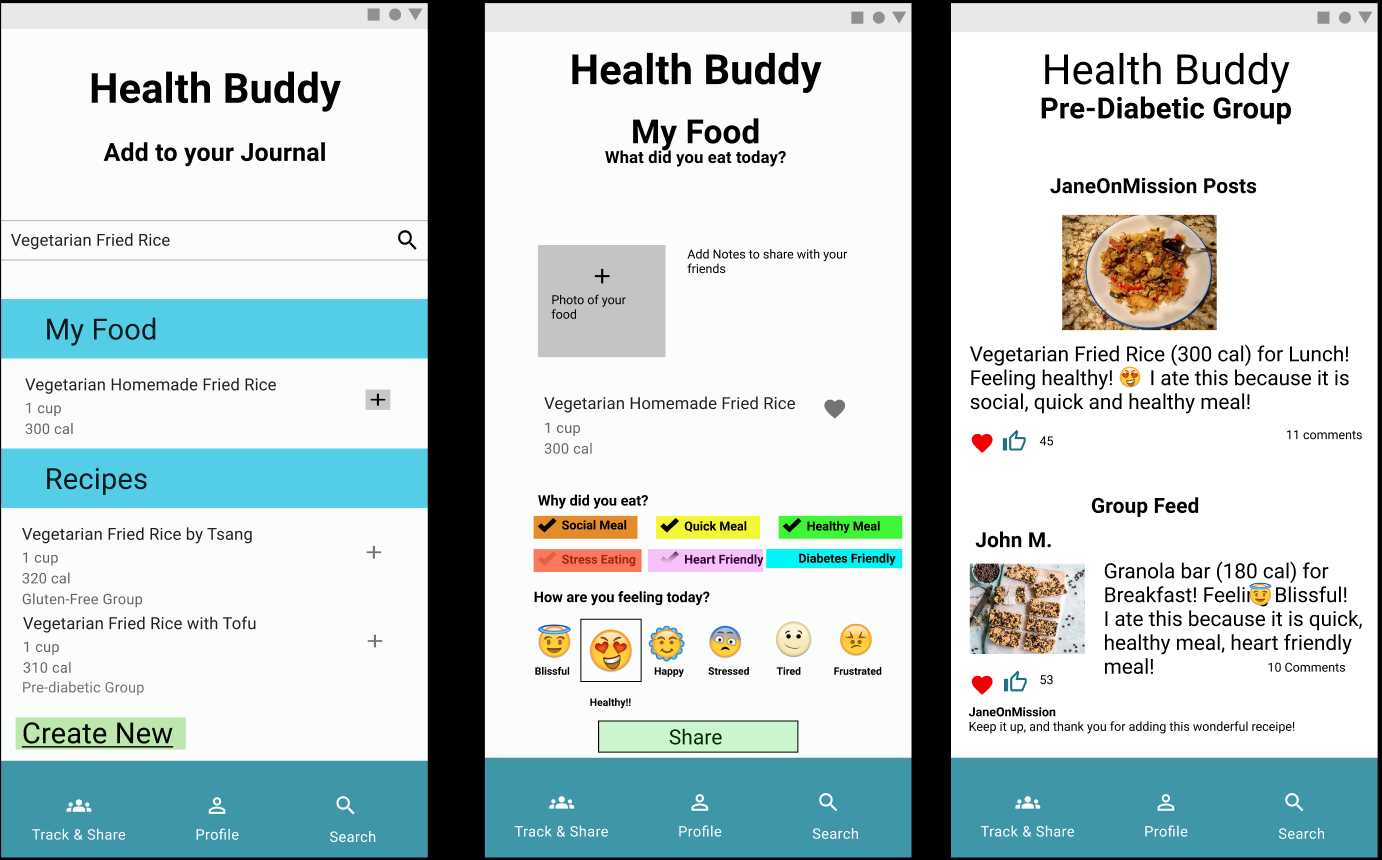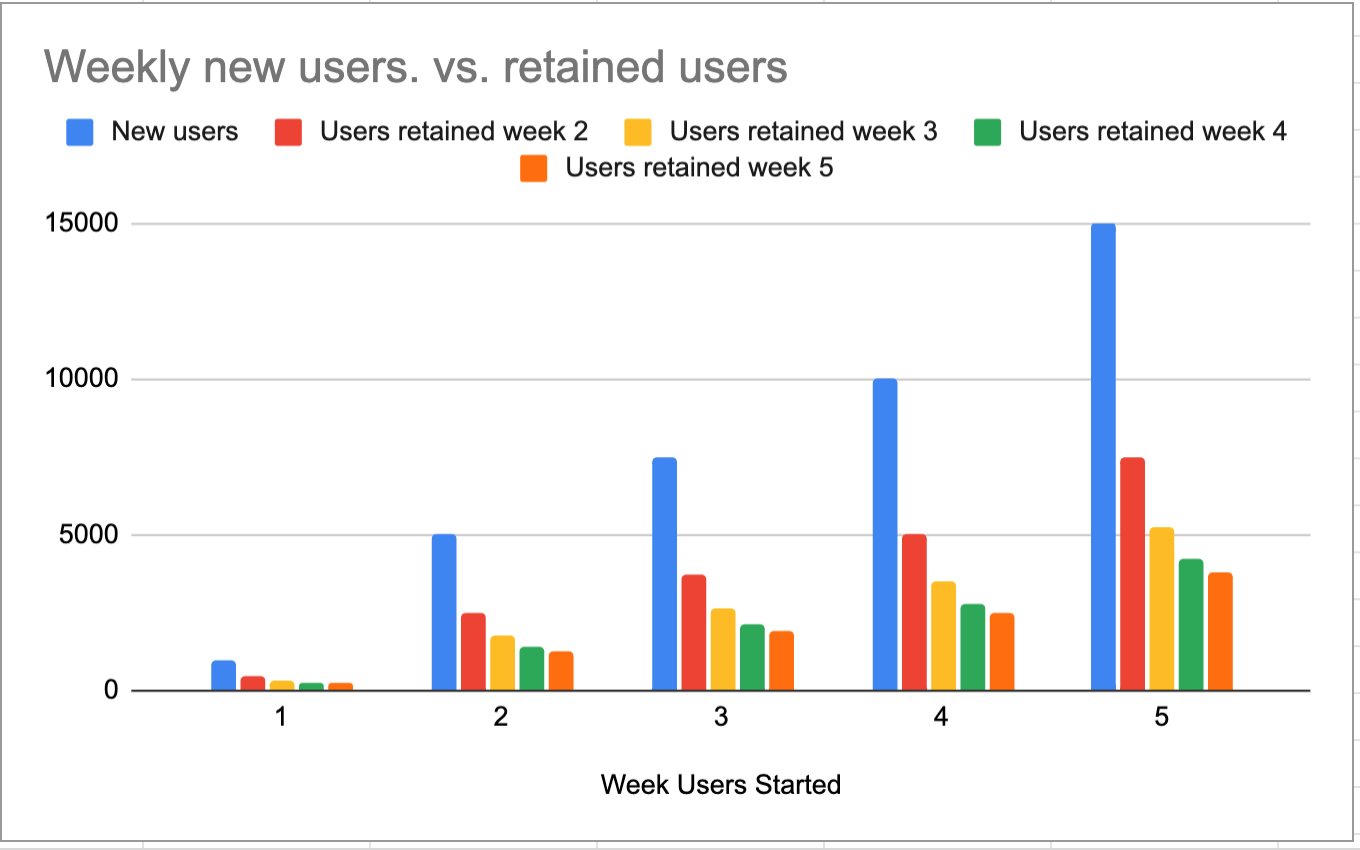1 – Tell me about yourself.
I have versatile experience in product and program management. I stumbled into product management when I worked on my first startup Neuf Consulting. I did not know at that time that I was doing product management but I was building my tool, doing my research, and helping to be adopted by end-users at the same time wearing multiple hats as a founder. I felt very content when I got applauding feedback about how this would make their life easier.
From that, I came up with a product vision of a SaaS-based workflow management application for the eDiscovery industry. I am very proud that my product was selected by Inc. as the top three Innovative products of Northern Virginia when I was seeking potential investors.
I absolutely love being a product manager despite all the challenges I had as an early-stage startup. I have worked in various industries based on the problem that I would be solving and challenges and what I learn while I am continuing to give. It has been around legal, eDiscovery, government, finance, telecom, interior staging, and most recently media and marketing.
2 – The most innovative idea you had.
While co-founder at Neuf Consulting, I worked on a workflow management application. The idea behind this product was to create a highly customized module-based system with API support, so companies have the option to install modules on-premise or they can work with us to manage their entire workflow on our cloud-based system by paying for software as a service. The application was also being developed as a freemium for the android app.
It was focused on small to midsize businesses and law firms. My initial focus was to target the eDiscovery industry for the product launch, however, the product was easily adaptable by other industries and in fact, the interior staging company worked with us and we configured the system for their company.

3 – Good qualities of a product manager?
- Customer-focused, passion to solve the problem for a user.
- Critical thinking and problem-solving abilities
- Ability to break down a complex problem into small pieces and articulate.
- Combine qualitative and quantitative analysis to solve the problem and determine priority
- Communication skills
- Collaborative leadership by influencing cross-functional teams.
- Execution
- Self-Starter, have the courage to take product vision to reality by taking initiatives and proactive actions.
4 – How do you define a problem in order to make sure we are building the right thing?
The way I approach a problem is by keeping in mind following four things –
- Exploring the situation and pain points
- User research by building prototype
- ROI and KPI by having north star metrics
- Scalability and the big picture of the product
When I worked in the eDiscovery industry, it came to the point while working full time I worked on an MS-Access based workflow management system or the existing on the shelf systems were not a good fit for the industry and the company ended up designing their own system.
None of the above was the answer or solution to the problem the industry was facing. When I started my company Neuf Consulting, I worked with potential users and worked on an MVP for the highly customizable workflow management SaaS and Cloud-based system.
The idea behind this product was to create a highly customized module-based system with API support, so companies have the option to install a modules on-premise or they can work with us to manage their entire workflow on our cloud-based system by paying for software as a service. The application was also being developed as a freemium for the android app.
It was focused on small to midsize businesses and law firms. My initial focus was to target the eDiscovery industry for the product launch, however, the product was easily adaptable by other industries and in fact, the interior staging and telecom companies worked with us and we configured the system for them.
The product was paid for by itself while in development and I could gain interest from investors.

5 – How do you approach design thinking about the product?
Design thinking has two elements –
- How to solve a complex problem with user perspective and making it simple
- Build easy, efficient, and tangible (MVP) product as quickly as possible
To achieve that, we can break it down into Empathize, Define, Ideate, Prototype, Test. I like the CIRCLES method and double diamond to solve that.
C – Clarity (Comprehend) – 5W questions, strategic questions,
I – Identify User/Customer
R – Report Needs – Pains, Gains, Jobs, User Stories, Lightweight User Journey Mapping
C – Cut (Prioritization) – RICE Matrix or Value vs. Efforts
L – List Solutions (Ideation) – MVP/prototype
E – Evaluate Tradeoffs (Prioritization)
S – Summarize
A/B Testing
6 – How do you engage with stakeholders to drive the adoption of application features?
The following four points are essential to engage with stakeholders to drive the adoption of application features.
- Show empathy, understand them
- Communicate a lot to make sure everyone is on the same page
- Influence without authority
- Have the courage to say no and give priority to high-value features

7 – What’s been the toughest criticism you received so far in your career? What did you do with it?
When I started working as a project manager and my role was interfacing with clients, initially, it was not easy for me to be part of the meeting and address 20+ people. My client told my manager that they could not clearly understand me. I discussed with my manager how I could improve and we came to the conclusion that I can talk slow and that will help with my accents.
I implemented that practice and I could easily lead a productive meeting. I also decided to back my talk with numbers and reports from the system to make more sense of my points.
Eventually, I was very well-liked by the client due to my dedication, innovative approach, and technical knowledge. When I worked on the criticism productively, I could deliver a very positive outcome and grow the program.
8 – How do you approach a task that you’ve never done before?
First, try to understand the task and clear the expectations and goals. Second, break it down into small parts to understand clearly. Third, Identify if that is something that can be done by you or who else should be communicated and involved. Fourth, determine the complexity and length of the task and set the timeline at a high level and for each subtask. Fifth, Now do your research and analysis, meetings as required, and start executing. Periodically, confirm that the task is being progressed in the right direction and quality control along the way.
When I worked as a co-founder of DEF, I did not know about the media and marketing industry initially. With the above steps, I managed to help one of our clients to get great PR for their augmented reality product at CES 2020, even though that was a completely new industry and lots of unknown tasks for me.

9 – Have you ever unintentionally offended or upset somebody? Can you describe the details?
When I worked as a program manager at ABC, due to my technical hands-on expertise, I could see the process improvement easily. I was new to the company and I identified some of the performance issues and opportunities for improvements. I discussed that with our technical lead and she felt offended about me intervening.
I realized that I should have better communicated with her about my intention. I had a one-on-one talk with her and clarified my purpose. I also assured her that I had no doubt about her capabilities and she was a great team leader.
Later, we both worked together and improved many processes as well as trained our team to make them more efficient.
10 – Can you tell me about a time when it was especially important to impress a client? What did you do differently than normal?
When I joined XYZ as a program manager, I knew that I was taking over a program that was in trouble and lost business recently. The team was in transition and the client was skeptical about our ability to keep a good team and meet the contract agreements.
I worked to motivate and train the team, making sure we could exceed our ability to complete tasks before agreed SLAs by automating our processes and thinking of an exciting workflow differently.
We made sure to reflect our numbers and efforts in our weekly reports and clients started seeing improvements and our abilities. We won back some of the business we lost and the program became stable again.






